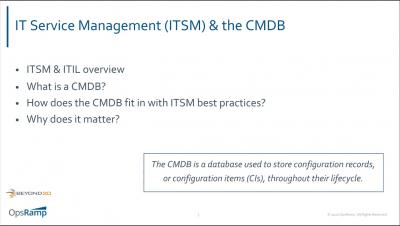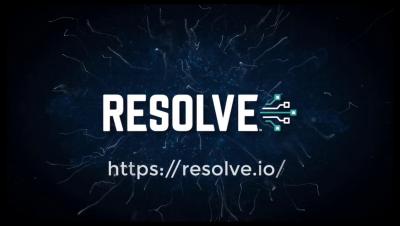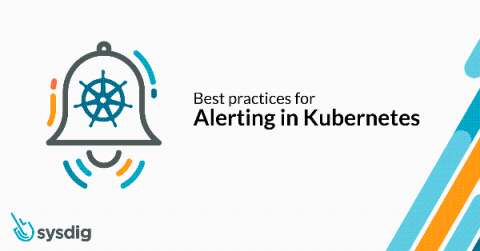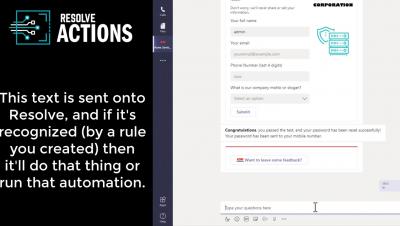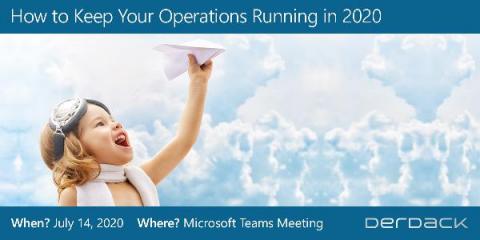Operations | Monitoring | ITSM | DevOps | Cloud
Alerting
NHS on Its Final Leg of Pager Replacement
If you’ve been following the U.K. healthcare landscape, you would know that the country has been considering replacing pagers for the longest time. This may soon materialize, partly accelerated by the challenges that doctors are facing during the COVID-19 pandemic. The pager replacement initiative not only signifies a pivotal shift from the aging infrastructure, but it also indicates how pagers have failed to thrive in today’s unprecedented times.
Resolve Actions - ServiceDesk - Integrating Resolve with a Chatbot in Microsoft Teams
Best practices for alerting on Kubernetes
A step by step cookbook on best practices for alerting on Kubernetes platform and orchestration, including PromQL alerts examples. If you are new to Kubernetes and monitoring, we recommend that you first read Monitoring Kubernetes in production, in which we cover monitoring fundamentals and open-source tools. Interested in Kubernetes monitoring?
Deploy ChatOps with Microsoft Teams + Resolve Automation to Modernize Your Service Desk!
Two tips to incorporate the voice of the customer in your story grooming/sprint planning
Constantly talking to your users about their business problems and incorporating those solutions is key to the success off your product and company. There are many ways to incorporate the voice of your users into your product planning. Formulate an experience brief that’s less than 2 pages, or a 5-minute clip of user interviews. The best is to have devs in the interviews and discovery activities with you as well.
Postmortems and More With J. Paul Reed
PagerDuty sat down with J. Paul Reed, a Senior Applied Resilience Engineer at Netflix, for an Ask Me Anything (AMA) to discuss best practices around postmortems. Reed is a prominent speaker and advocate of DevOps and operations complexity, and has over 15 years of experience in release engineering. His background in tech, along with his previous work at companies like Mozilla and VMware, give him a unique perspective into the inner workings of innovative organizations.
Ready to move on and pick up speed again
We are going through an incredibly difficult time of uncertainty, lockdowns, cutbacks, and even fear. Taking this time to optimize and rethink the way we do business is essential in ensuring we get back on track and return even stronger than before. Most of us have been working from home for months now and, in some cases, there is no end in sight. How are you and your operations holding up? Are you able to work, maintain, and control your infrastructure?
How to use check aggregates in Sensu Go
Aggregates, which allow you to monitor groups of checks or entities, were a much-beloved feature in Sensu Core (the predecessor to Sensu Go) — Ben Abrams describes them as “awesome” in his post on alert fatigue, noting that aggregates are like having “a bunch of nodes behind a load balancer where each node is healthchecked, and if a node drops out it may not be worth waking someone up in the middle of the night.”
OpManager now supports SMSEagle, Twilio, and Clickatell, so you can get SMS alerts anywhere!
IT admins need to know the status of their IT devices, servers, routers, switches, and firewalls. To meet this need, OpManager has a highly responsive and robust notification and alerting system that sends alerts via email, Slack, and even SMS. Murphy’s law says anything that can go wrong will go wrong, and if you’re in IT, you’re probably familiar with how easily things can go wrong.


